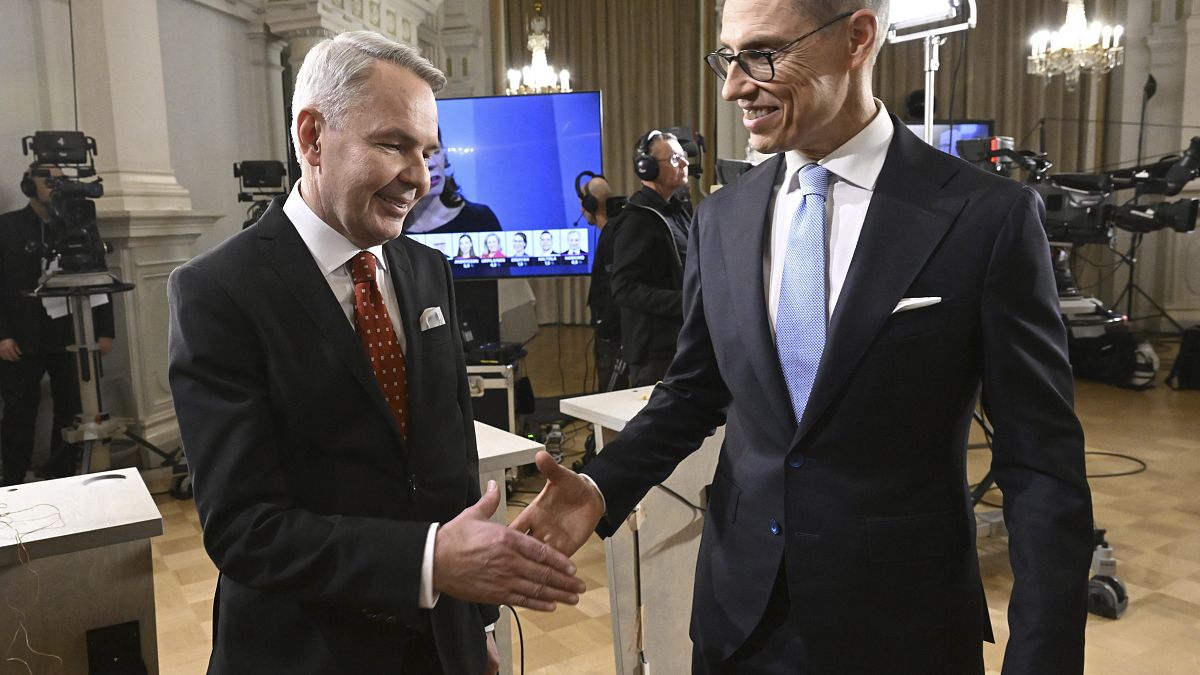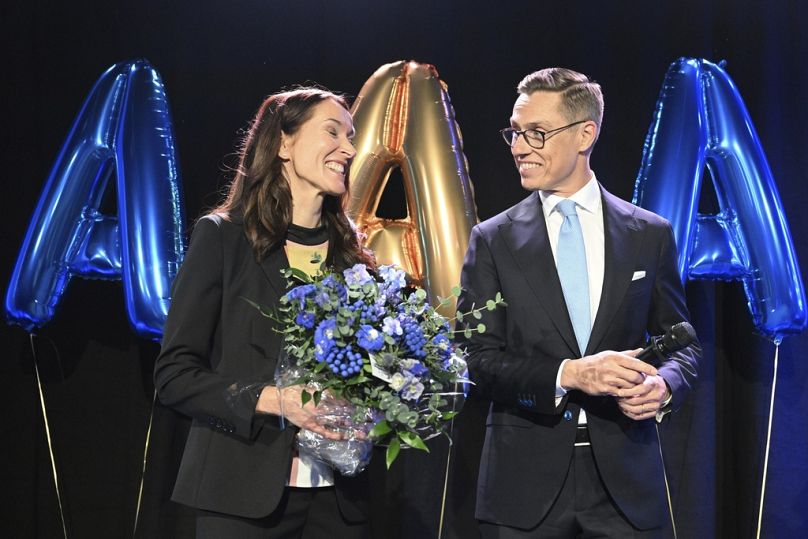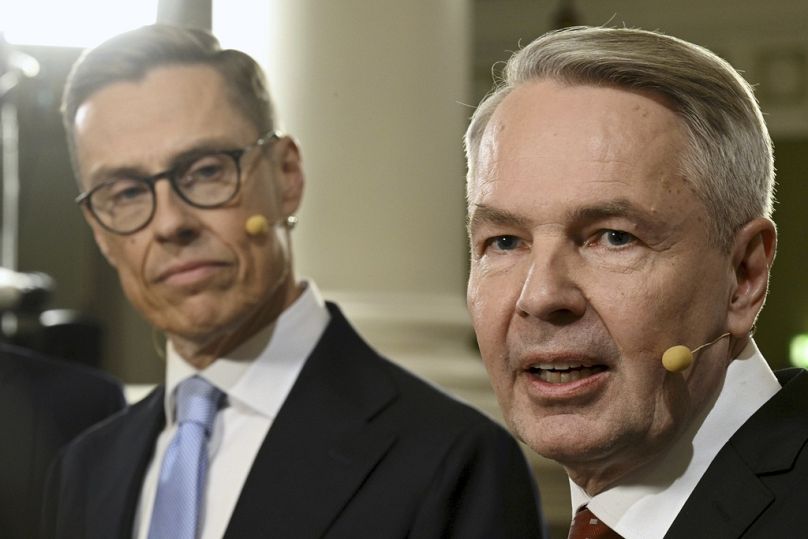The result will force the race into a run-off on 11 February between Stubb and Haavisto, as none of the candidates received more than half of the votes.
Former prime minister Alexander Stubb won the first round of Finland's presidential election on Sunday and will face the runner-up, former foreign minister Pekka Haavisto, in a run-off next month.
The vote centred largely on the Nordic nation's new role as a NATO frontline state against Russia and the security situation in Europe, particularly Russia's invasion of Ukraine.
With all votes counted, Stubb led the first round with 27.2% of the vote, while Haavisto, Finland's top diplomat for 2019-2023, came in second with 25.8%. Parliamentary speaker Jussi Halla-aho came third with 19%, followed by Bank of Finland governor Olli Rehn with 15.3%.
The result of the first round will be officially confirmed on Tuesday. The result will force the race into a run-off on 11 February between Stubb and Haavisto, as none of the candidates received more than half of the votes.
"It is heartwarming to achieve such a result together with the team. I'm grateful and humbled," Stubb told supporters at an election party in a Helsinki restaurant, adding that he was not planning any major changes to his campaign for the second round.
"This is more than I dared to believe," Stubb told Finnish public broadcaster YLE.
For his part, Haavisto said at his election party in Helsinki on Sunday night: "We have made it to the second round. That is clear now. I am very happy and satisfied. We have worked hard for this."
A conservative vs an ecologist
Stubb, 55, and Haavisto, 65, were the main contenders in the election.
Some 4.5 million eligible voters chose from a field of nine candidates to replace the hugely popular President Sauli Niinistö, whose second six-year term expires in March. He wasn't eligible for re-election.
Stubb represents the conservative National Coalition Party and led Finland's government between 2014 and 2015 and previously held other key cabinet posts, while veteran politician Haavisto, a former UN diplomat and member of the Green League, is running for the post for the third time as an independent candidate.
Unlike in most European countries, the President of Finland has executive power in the formulation of foreign and security policy, especially when dealing with countries outside the European Union, such as the US, Russia and China.
The president is also the commander-in-chief of the Finnish armed forces, a particularly important role in the current European security environment.
The main themes of the election were foreign and security policy issues such as Finland's recent membership of NATO, future policy towards Russia, strengthening security cooperation with the US and the need to continue to support Ukraine with both military and humanitarian aid.
Finland's new leader will begin a six-year term in March in a markedly different geopolitical and security situation in Europe than the incumbent Niinistö faced after the 2018 election.
Abandoning decades of military non-alignment in the wake of Russia's invasion of Ukraine, Finland became NATO's 31st member in April, much to the annoyance of Russian President Vladimir Putin, who shares a 1,340-kilometre border with the Nordic nation.
NATO membership, which makes Finland the Western military alliance's frontline country against Russia, and the war raging in Ukraine, just 1,000 kilometres from Finland's border, have boosted the president's status as a security leader.
The president usually represents Finland at NATO summits.
As foreign minister, Haavisto signed Finland's historic NATO accession treaty last year and played a key role in the membership process, along with Niinistö and former prime minister Sanna Marin.
Finland's western neighbour Sweden is set to join NATO in the near future as the last holdout, Hungary, is expected to ratify Stockholm's application by the end of February.


